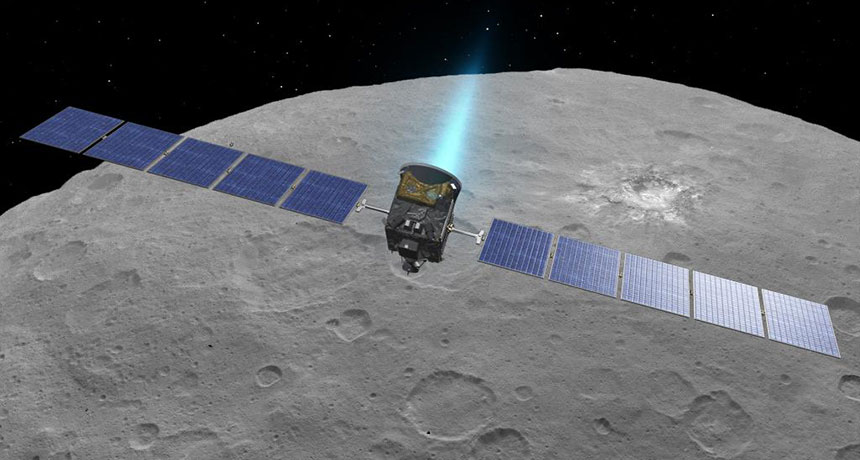Dawn spacecraft will keep orbiting the dwarf planet Ceres indefinitely

HOW LOW CAN YOU GO? The Dawn spacecraft (illustrated) has been orbiting Ceres since 2015 and will soon swoop lower over the dwarf planet’s surface than ever before, thanks to an extension of its mission announced October 19.
JPL-Caltech/NASA







